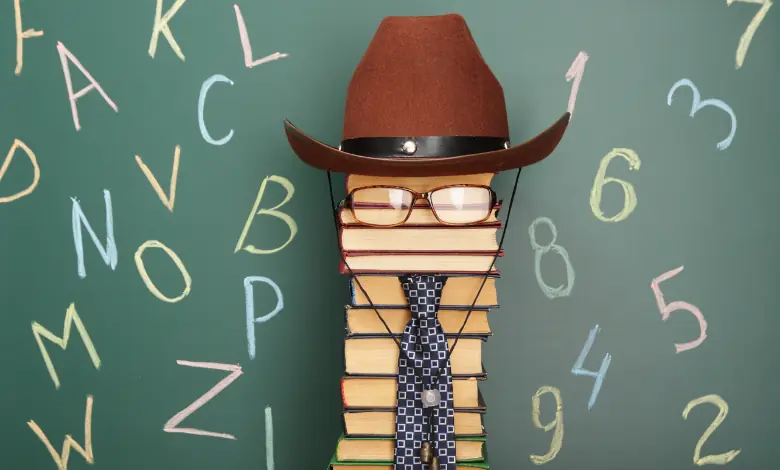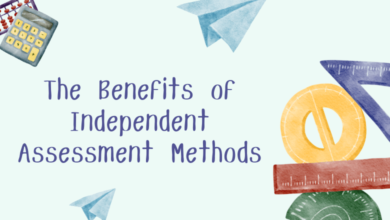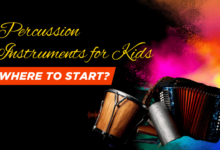Balancing Fun and Academics: Effective Techniques for 1st Grade Tutors

Are you tutoring or teaching first graders? Then you know that it is fun to help develop these young minds. Also, it is equally challenging because this is their first time going for structured academics for most of them. Therefore, as educators, you must balance fun and academics to make learning easier for them. They are young, and you must take advantage of enjoyable and interactive activities to engage them in academics.
The blog helps with this by listing a few effective techniques that 1st-grade tutors can use to make classes fun for a 1st-grader.
Effective techniques
Make use of educational games.
As a tutor for 1st grade, try incorporating educational games into your sessions. It will make learning fun, enjoyable, and interactive. You can use games like cards or board games to teach skills like math or foster critical thinking. Many online activities are interactive enough to foster reading and other skills. Find age-appropriate games that align with the curriculum to make learning fun and engaging for 1st graders.
Create a fun and positive classroom.
Whether you are a teacher teaching 20 kids in a school or a tutor taking online or offline classes, The environment matters! So, work on creating a fun and inviting classroom that appeals to the psyche of young students. For instance, having a proper seating arrangement helps students know where they are supposed to be during the lesson. Moreover, adding paintings, fun elements, and more can make the classroom look fun. If you are a school teacher, maybe add a reading nook in the corner. It is aesthetic and also encourages children to grab a book and read.
Practice hands-on learning activities.
First graders, as mentioned above, are still adjusting to structured academics. So, it will benefit them to use craft projects and experiments to make abstract concepts tangible. For instance, you can use colorful objects to make counting fun. Or have them craft letters by turning them into a fun experience using sand or dough. Come up with interesting ideas that excite them and help them learn.
Connect with students.
When you try to connect with students, you can help them learn better. As the first grader comes to your class, greet them. Notice their body language. Notice their strengths, their weak points, and more. All of this will help you build a connection with the students, which is essential in creating helpful plans for their learning process.
Include storytelling
Encouraging a child to read and enhance their literacy skills is not easy. But you can accomplish this by including storytelling. Read the book aloud to them and encourage students to create and share stories. They can also share stories about their culture or home. Have storytelling sessions, allowing students to contribute to the narrative and fostering language and creativity development.
Implement positive reinforcement
Create an acknowledgment and reward system. This means that every time a kid does something, you appreciate it. You should reward them with stars, words, prices, or more when they accomplish challenging tasks. This is known as positive reinforcement, which can help motivate a first-grader to engage in academics more. Simple techniques like applause and praising them in front of people work, too.
Integrate technology wisely
Use educational apps and online resources to complement traditional teaching methods. Interactive learning platforms can make subjects like math and language arts more exciting. However, monitor screen time to ensure a healthy balance between digital and hands-on activities.
Foster peer interaction
Create opportunities for peer interaction through group activities. Collaborative learning not only makes lessons more enjoyable but also enhances social skills. Group projects, peer tutoring, and interactive discussions create a positive and supportive learning community.
Incorporate music and movement.
Infuse energy into lessons by including music and movement. Use songs to teach concepts like counting, phonics, or even science facts. Incorporate short breaks for movement activities to help 1st graders release excess energy and focus during academic tasks.
Individualized Learning Plans
Recognize that each 1st grader learns differently. Tailor your tutoring approach to accommodate individual learning styles and preferences. This personalized approach ensures that academic content is presented in a way that resonates with each student, making the learning experience more enjoyable.
Outdoor Learning
Whether you tutor a kid or teach 50 students in a class setting, take outdoor lessons. Take advantage of the great outdoors to teach students. Take a walk in the garden. Or take them to the museum; it helps them learn better.
Takeaway
As a tutor for the 1st grade, these tips will help you balance fun and academics. It is an art that tutors and school teachers must master to create a foundation within their minds to love learning. You can incorporate simple techniques, but they matter greatly to the child. It can change how they perceive paramedics so that they will fall in love with learning. Also, it helps nurture the exploration and joy young minds have.
Explore the possibilities and enrich your knowledge – check out for a journey beyond the ordinary.






